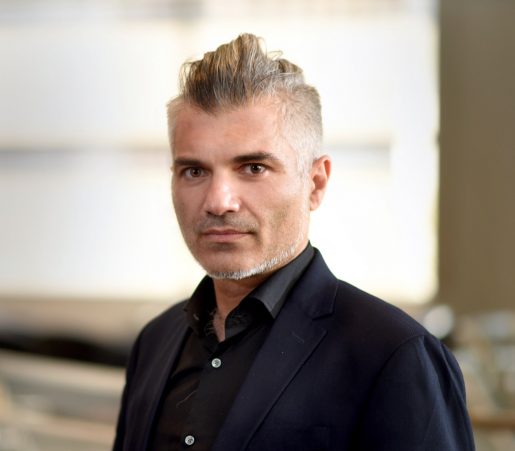The tree of life describes the evolution of life and seeks to define the relationships between species. Likewise, the tree of cell types aims to organize cells in the brain into groups and describe their relationships to each other.
Scientists have long pondered just what the brain’s tree of cell types looks like. Now, an international collaboration led by Dr. Andreas Tolias from Baylor College of Medicine, Dr. Philipp Berens from the University of Tübingen in Germany and Dr. Rickard Sandberg from the Karolinska Institute in Stockholm, Sweden, has published an article in Nature that provides one of the most detailed and complete characterizations of the diversity of neural types in the brain so far.
Uncovering the shape of the tree of cortical cell types with Patch-seq
Neuroscientists mostly use three fundamental features to describe neurons: their anatomy, or how they look under a microscope; their physiology, or how they respond when stimulated; and, more recently, the genes they express, which are known as their transcriptome.
For this study, the research team used an experimentally challenging technique that they developed several years ago, called Patch-seq. This technique allowed them to collect a large multimodal database including genetic, anatomical and physiological information from single cells in the mouse motor cortex.

“Gathering all these three fundamental features from the same set of neurons was the key that enabled us to get a much deeper understanding of how neurons in the motor cortex are related to each other and a clearer view of how the tree of cell types looks like,” said co-first author Dr. Federico Scala, postdoctoral associate in Tolias lab at Baylor.

Dr. Dmitry Kobak, also co-first author and a research scientist in Berens lab, described that while the broad genetic families of neurons had distinct anatomical and physiological properties, within each family the neurons exhibited extensive anatomical and physiological diversity. Importantly, all the three basic neuronal characteristics (anatomy, physiology and transcriptome) were correlated, which enabled the team to find interesting links between them.
Our data supports the view that the tree of cortical cell types may look more like a banana tree with few big leaves rather than an olive tree with many small ones. This view provides a simpler model to describe the diversity of neurons we find in the brain.”
“We believe that this simpler view will lead to a more principled understanding of why we have so many cell types in the brain to begin with and what they are used for,” said Tolias, Brown Foundation Endowed Chair of Neuroscience and director of the Center for Neuroscience and Artificial Intelligence at Baylor.

In this metaphor, neurons follow a hierarchy consisting of distinct, non-overlapping branches at the level of families, the large leaves of the banana tree. Within each family, neurons show continuous changes in their genetic, anatomical and physiological features, and all three features within a family are correlated. In parallel, work published simultaneously in Cell, scientists from the Allen Institute of Brain Science in Seattle obtained very similar results from mouse visual cortex underscoring that this view of cell types may be a general building principle of brain circuits.
This study is part of the NIH-funded BRAIN initiative cell census network (BICCN), whose aim is to fully characterize the cellular taxonomy of neurons in the cortex of mice, monkeys and humans with the goal of ultimately providing cell type specific targets for treating neuropsychiatric and neurodegenerative diseases.
Others who took part in the study include Matteo Bernabucci, Yves Bernaerts, Cathryn René Cadwell, Jesus Ramon Castro, Leonard Hartmanis, Xiaolong Jiang, Sophie Laturnus, Elanine Miranda, Shalaka Mulherkar, Zheng Huan Tan, Zizhen Yao and Hongkui Zeng.


